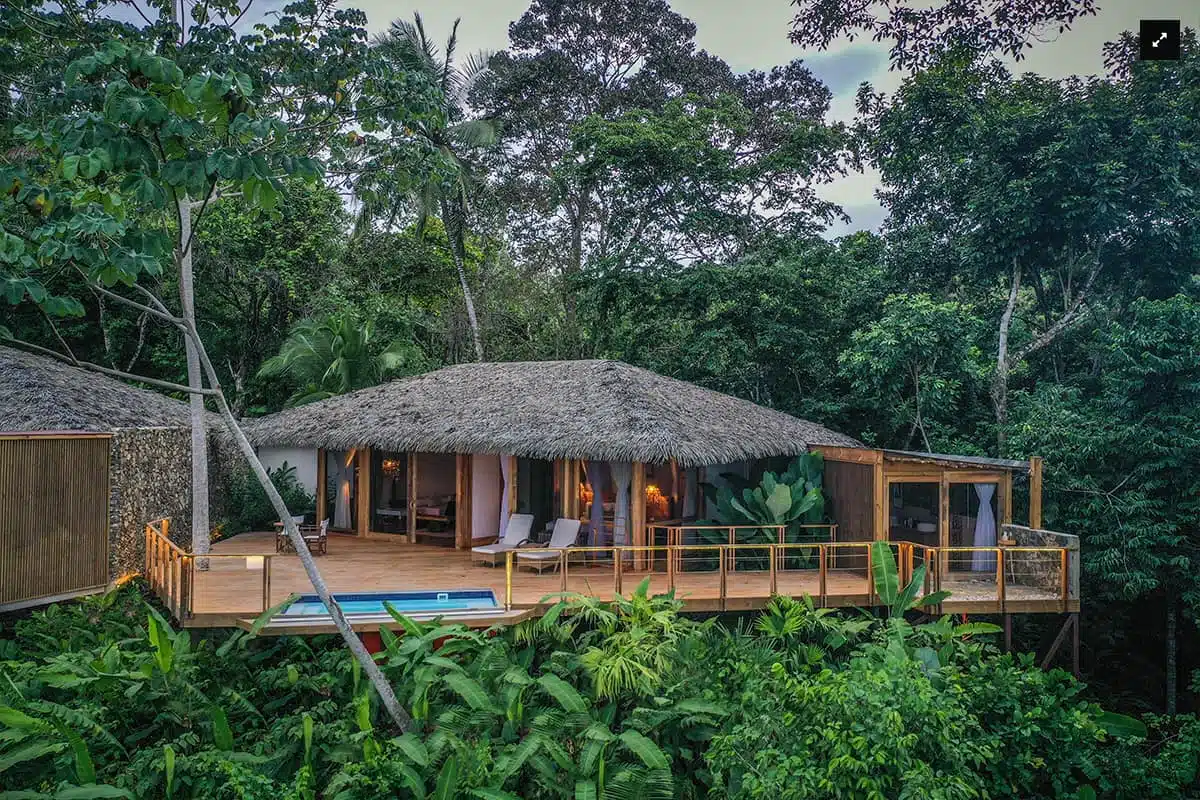Why is slow travel the future of tourism?
Slow travel looks like immersive exploration that benefits travelers, communities, and our planet. Not in frantic itineraries but in thoughtful.

Between accelerated consumption and instant gratification, slow travel has emerged as an alternative for those needing a break. This is transforming the global tourism landscape. With a thoughtful approach to exploration, travelers prefer to dive deep into fewer destinations rather than rush through their bucket lists.

The undeniable shift to slow travel
Travelers' priorities have changed. According to various organizations, the way we travel is now different. The numbers prove it.
According to data from the International Tourism Association (ITP), stays of more than 7 days increased by 34% in 2024 compared to pre-pandemic levels. Booking.com's Sustainable Travel Report 2024 revealed that 68% of global travelers want to experience local culture authentically rather than visiting as many destinations as possible.
The World Tourism Organization (UNWTO) is aware of this shift. Reports show that the average trip length increased from 4.2 days in 2019 to 6.8 days in 2024.

Adapting to the Slow Movement
The industry is not far behind and is evolving rapidly, as are consumer preferences:
- Airlines such as KLM and Lufthansa have launched fares and fees in ticket categories that suit your travel style better. This offer has flexible return dates and stopovers.
- Rail Europe has seen a 56% increase in multi-destination rail passes, as travelers choose low-carbon transportation methods that enhance the travel experience.
- Hotel are also changing their offerings to accommodate longer stays. Marriott's "Home & Villas" program offers apartment-style accommodations with local hosts. Hilton's "Extended Discovery" certification guarantees kitchen facilities and collaborations with local experiences for stays of more than five nights. They also offer options for travelers looking for longer stays with their Hilton's LivSmart Studios program.
- Tour operators such as Intrepid Travel and G Adventures have redesigned their portfolios, reducing the average number of daily activities by 40% and deepening community connections. The Adventure Travel Trade Association reports that 78% of travel companies have increased their average trip length since 2022.

The economic impact of slow travel
Destination management organizations globally recognize that slow travel allows for greater economic benefits. A study by Sustainable Travel International shows that slow travelers spend an average of 60% more in local economies than conventional tourists. This is because they visit small businesses and choose local accommodations.
Certifications are also transforming. The "Slow Destination" certification from organizations like Green Destinations and EarthCheck evaluates communities based on criteria such as viability, public transportation, and cultural preservation initiatives.
The data shows that the future of tourism lies not in quick itineraries, but in a thoughtful and immersive adventure that benefits travelers, communities, and our planet equally.

FAQS
Why are travelers embracing slow travel?
The appeal of slow travel goes beyond simple relaxation. A study by the Slow Travel Alliance identifies several key factors:
- Environmental awareness: 72% of travelers cite reducing their carbon footprint as a motivation for taking longer, less frequent trips.
- The shift since the pandemic: 81% say they prefer experiences over quantity since 2020.
- Digital burnout: 64% specifically seek out destinations where they can disconnect from technology.
The Global Sustainable Tourism Council (GSTC) found that slow travelers have 43% higher satisfaction rates than those who follow traditional itineraries.
What is slow travel?
Slow travel is a form of conscious tourism. It prioritizes the quality of the trip over the quantity of destinations. It encourages travelers to spend more time in fewer destinations, rather than traveling to multiple places. It involves immersing oneself in local culture, connecting with communities, enjoying regional cuisine, leaving fast food behind, and exploring different regions at a relaxed pace. Slow travel involves staying in one place for more than a week, using sustainable transportation methods, and making conscious choices that benefit local economies and the environment.






